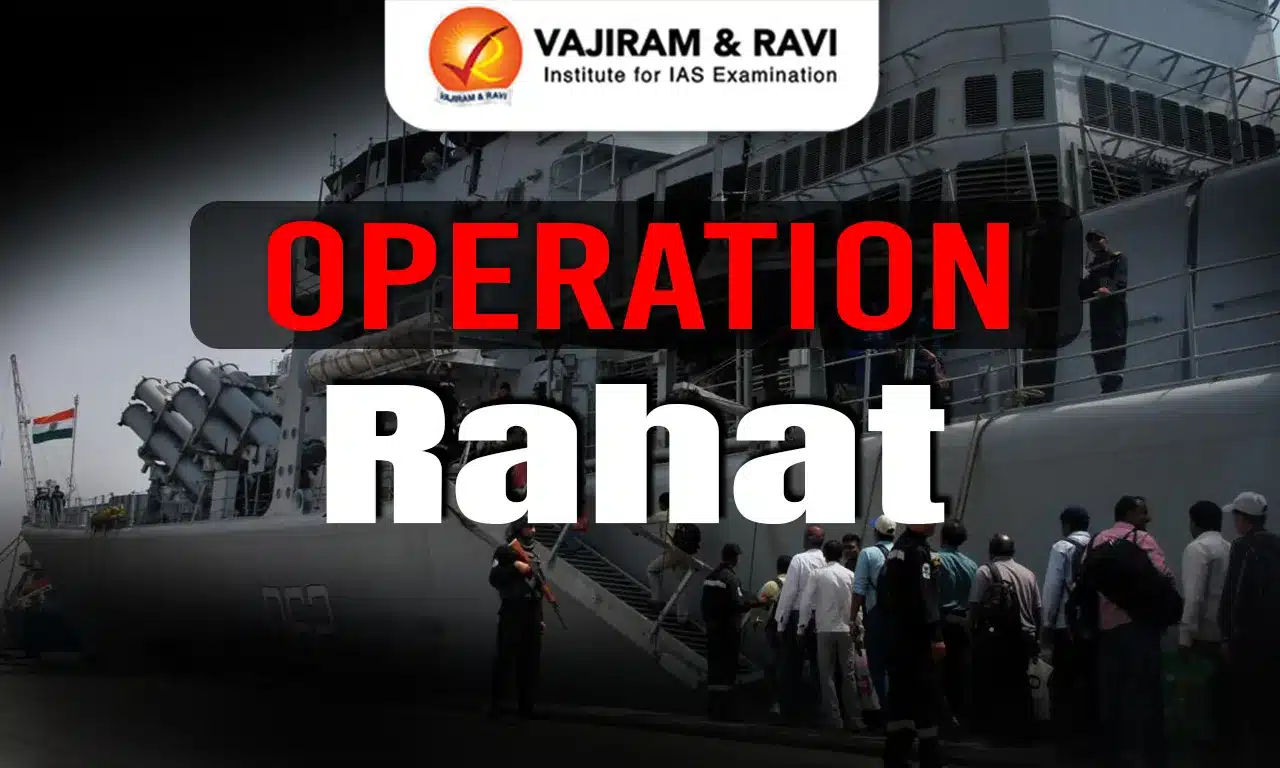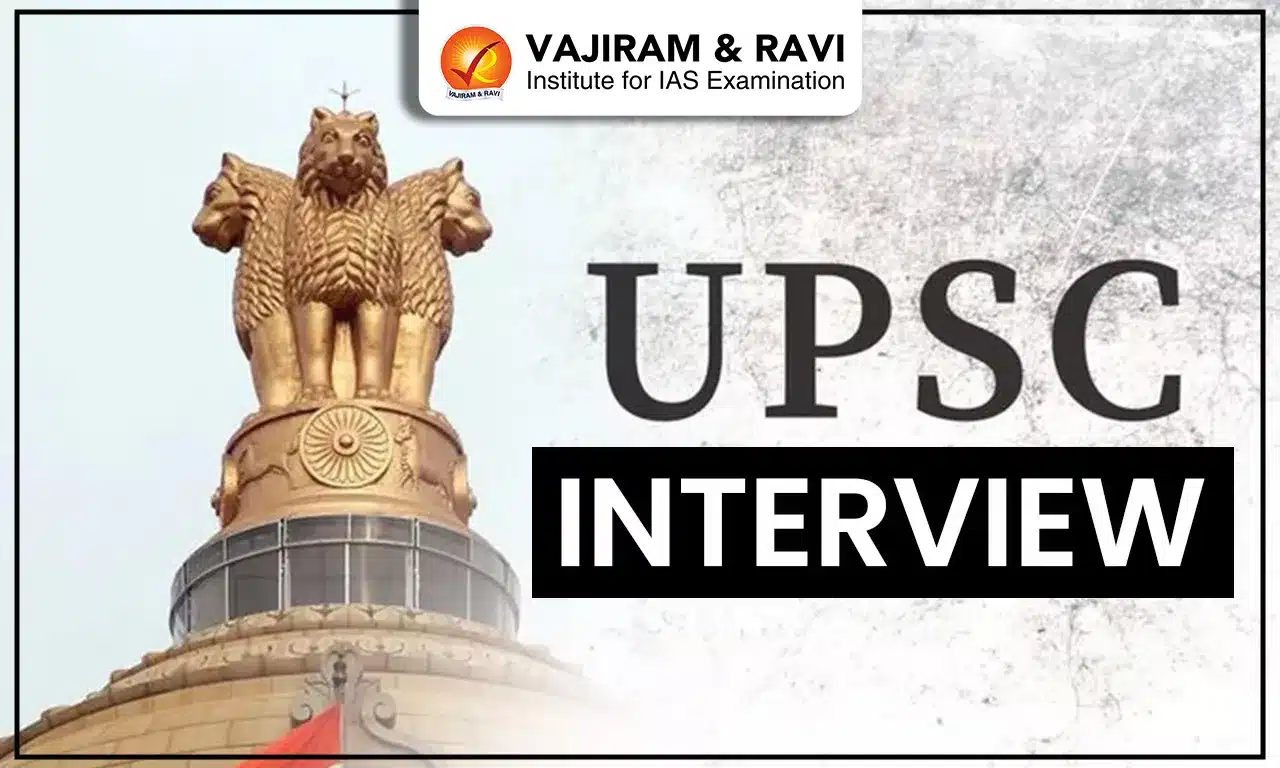Operation Rahat, launched in April 2015, was a complex civilian evacuation mission undertaken by the Government of India to rescue Indian citizens and foreign nationals stranded in war-torn Yemen. The operation became an example of India's Non-Combatant Evacuation Operations (NEOs) and showcased the nation’s growing capacity to respond to international crises.
Operation Rahat
Operation Rahat (2015) was a landmark Non-Combatant Evacuation Operation (NEO) launched by the Government of India to rescue Indian nationals and foreign citizens stranded in Yemen, a country caught in a brutal civil war. With airstrikes, political instability, and the collapse of basic infrastructure, the Indian government executed one of the largest and most complex overseas evacuation missions, Operation Rahat in its history. This operation not only showcased India’s logistical strategies but also reinforced its commitment to humanitarian values, even beyond its borders.
Also Read: Operation Sindoor
Operation Rahat Background
In early 2015, the Houthi rebels had overthrown the existing government, leading to widespread instability. On March 27, a Saudi-led coalition launched a series of airstrikes and imposed a naval blockade targeting rebel-held areas. With thousands of Indian nationals living and working in Yemen, many employed in healthcare, education, and other essential sectors, the crisis raised serious alarm. The Ministry of External Affairs (MEA) had issued several warnings, with the final advisory on March 25 cautioning of imminent armed conflict.
Despite these alerts, a significant number of Indians remained in the conflict zone. In response, the Government of India launched Operation Rahat, a large-scale emergency evacuation initiative to ensure the safe return of its citizens. The operation’s title, Rahat, signifying “relief,” captured the urgency and compassion behind the mission.
Operation Rahat Objective
The Operation Rahat Objective was to evacuate all Indian citizens (and any foreign nationals requesting help) from war‑torn Yemen as swiftly and safely as possible. As External Affairs Minister Sushma Swaraj later explained, “Operation Raahat was launched by Indian Armed Forces to evacuate more than 4,000 Indian citizens and other foreign nationals from Yemen”. The mission was run jointly by the Indian Ministry of External Affairs (MEA) and the Indian Armed Forces, with key support from civilian agencies. The MEA set up 24×7 control rooms in Delhi, Sana’a and Djibouti, and Indian ambassadors coordinated on the ground.
Also Read: S-400 Defence System
Operation Rahat Timeline
- 27 Mar 2015: Saudi-led air campaign begins in Yemen. India escalates evacuation planning.
- 30 Mar 2015: Inter-ministerial “Standing Group” in MEA meets daily from this date to coordinate. Modi calls Saudi King Salman, securing cooperation.
- 31 Mar 2015: Indian Navy’s patrol vessel INS Sumitra departs Lakshadweep for Aden. The Ambassador in Yemen urges Indians to head to Sana’a/Aden.
- 1 Apr 2015: Sea evacuations begin. INS Sumitra reaches Aden and embarks ~349 evacuees (Indians and foreigners), departing for Djibouti. (Meanwhile the cyclone track diverted two Lakshadweep ferries to Aden as backup.)
- 3 Apr 2015: Air evacuations begin. Two IAF C-17s fly from Djibouti into Sana’a under escort, and Air India flights commence from Sana’a to Djibouti, carrying hundreds each sortie.
- 4–7 Apr 2015: Indian destroyer Mumbai and frigate Tarkash arrive in Aden/Hodeidah. Despite shelling, they pick up evacuees at multiple ports (Aden, Al Hudaydah, Al Mukalla) and transport them to Djibouti.
- 8–9 Apr 2015: Final airlifts occur. On 9 April, three special Air India flights carried another 630 Indians from Sana’a; MoS V.K. Singh, in Djibouti, reports all who wished to leave have been evacuated. By 9 April over 4,640 Indians and ~960 foreigners had been flown out.
- 10–11 Apr 2015: Last naval evacuations. INS Tarkash embarked 464 evacuees from Aden on 10 April; INS Sumitra lifted more from Hodeidah on 9 Apr. By 11 April the sea evacuation wrapped up, though Sumitra made one additional trip on 15–16 April. All ships then returned to India.
Operation Rahat Challenges
- Naval crew on board ships like INS Tarkash reported intense shelling, gunfire, and explosions at port facilities while attempting to embark evacuees, posing a severe threat to both personnel and civilians.
- One Indian national, merchant seaman Manjeet Singh, sustained critical injuries during an airstrike in Aden and later succumbed to his wounds aboard Tarkash en route to Djibouti, highlighting the grave risks on the ground.
- Indian naval escorts, including warships and coastguard vessels, were deployed to shield smaller boats ferrying evacuees from shore to offshore vessels amid the threat of maritime hostilities.
- Onboard medical teams, particularly those aboard INS Sumitra, provided urgent care to vulnerable evacuees including pregnant women, infants, and individuals with chronic conditions during the journey.
- A unified command structure was instrumental in mitigating challenges such as inclement weather, crowd management at embarkation points, and diplomatic clearances. This involved:
- MoS General V.K. Singh overseeing ground operations from Djibouti,
- The Indian Navy managing maritime lanes,
- The Indian Air Force handling aerial logistics and clearances, and
- Air India coordinating flight schedules for civilian evacuees.
- By April 11, 2015, all willing Indian nationals had been successfully evacuated, showcasing the mission's efficiency despite the extraordinary operational hurdles.
Also Read: Operation Devi Shakti
Operation Rahat Impact
- Operation Rahat emerged as one of India’s most extensive and strategically challenging non-combatant evacuation operations, involving coordinated air-sea efforts in between the active conflict.
- The mission showcased the Indian Armed Forces ability not only to operate in high-risk international environments but also to serve as instruments of humanitarian diplomacy and regional stability.
- Defence experts noted the operation affirmed years of inter-service joint training and strategic preparedness, particularly for the Indian Navy and Air Force, underlining their central role in safeguarding India’s overseas interests.
- The operation strengthened India's regional diplomacy. The Ministry of External Affairs (MEA) publicly acknowledged Djibouti’s critical support, and India's proactive efforts fostered goodwill with Gulf nations and international partners.
- Operation Rahat aligned with the government’s narrative of prioritising citizen’s safety, reinforcing the image of a responsive and responsible state that ensures no Indian is left behind.
Last updated on December, 2025
→ Check out the latest UPSC Syllabus 2026 here.
→ Join Vajiram & Ravi’s Interview Guidance Programme for expert help to crack your final UPSC stage.
→ UPSC Mains Result 2025 is now out.
→ UPSC Notification 2026 is scheduled to be released on January 14, 2026.
→ UPSC Calendar 2026 is released on 15th May, 2025.
→ The UPSC Vacancy 2025 were released 1129, out of which 979 were for UPSC CSE and remaining 150 are for UPSC IFoS.
→ UPSC Prelims 2026 will be conducted on 24th May, 2026 & UPSC Mains 2026 will be conducted on 21st August 2026.
→ The UPSC Selection Process is of 3 stages-Prelims, Mains and Interview.
→ UPSC Result 2024 is released with latest UPSC Marksheet 2024. Check Now!
→ UPSC Prelims Result 2025 is out now for the CSE held on 25 May 2025.
→ UPSC Toppers List 2024 is released now. Shakti Dubey is UPSC AIR 1 2024 Topper.
→ UPSC Prelims Question Paper 2025 and Unofficial Prelims Answer Key 2025 are available now.
→ UPSC Mains Question Paper 2025 is out for Essay, GS 1, 2, 3 & GS 4.
→ UPSC Mains Indian Language Question Paper 2025 is now out.
→ UPSC Mains Optional Question Paper 2025 is now out.
→ Also check Best IAS Coaching in Delhi
Operation Rahat FAQs
Q1. What is the operation Rahat related to?+
Q2. What is the name given to the rescue operation in Kedarnath?+
Q3. What happened in the Valour of Operation Rahat 2015?+
Q4. What is the Operation Sukoon related to?+
Q5. What is the largest rescue operation in the world?+

















